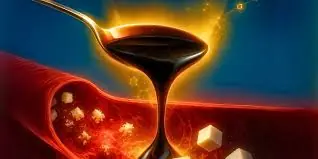
White Bumps on Your Face Don’t Try to Remove Them
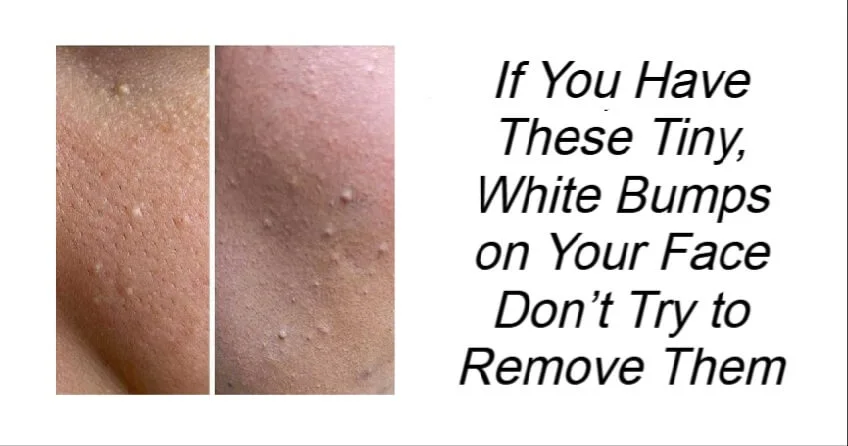
Have you ever noticed tiny white bumps on your skin—especially around your nose, cheeks, or under your eyes—that just won’t seem to go away? These small, firm blemishes can be both frustrating and confusing, particularly when they don’t respond to typical acne treatments. While they may look like pimples or clogged pores, they’re often something entirely different. Understanding what they really are is the first step toward treating them effectively and preventing irritation or scarring.
What Are These Bumps?
These little white bumps are most commonly known as milia. Milia are tiny, keratin-filled cysts that form just beneath the surface of the skin. They typically appear as small, dome-shaped, white or yellowish spots that feel firm to the touch. Unlike pimples, they don’t have an opening or pore, which is why trying to squeeze or pop them doesn’t work—and can actually make things worse.
Milia form when dead skin cells and keratin (a natural protein in the skin) become trapped under the surface instead of being shed normally. They’re not caused by bacteria or excess oil, which is why traditional acne creams and spot treatments usually have little effect.
Should You Be Worried?
1. They’re Harmless (But Persistent)
The good news is that milia are completely benign and pose no health risks. They’re considered more of a cosmetic concern than a medical one. However, they can be quite stubborn—sometimes sticking around for weeks or even months if left untreated. For some people, they may even reappear in the same areas after clearing up.
2. They Can Be Annoyingly Resistant
Because milia aren’t caused by oil or bacteria, standard acne treatments rarely work. Harsh cleansers, scrubs, or drying creams can even make the skin more irritated. If the skin barrier becomes damaged, it may make milia worse or cause new ones to form.
3. When They Might Signal Something Else
While usually harmless, a sudden outbreak of milia, especially in adults, may sometimes be linked to skin trauma, burns, certain medications, or underlying skin conditions like eczema. If you notice new bumps appearing unexpectedly or in unusual locations—such as the eyelids, chest, or genital area—it’s a good idea to check in with a dermatologist for a proper evaluation.
How to Get Rid of Milia
1. Professional Extraction
The safest and most effective treatment for milia is professional extraction by a dermatologist or licensed aesthetician. During the procedure, the skin is cleaned and a sterile needle or blade is used to gently release the trapped keratin. This process is quick and relatively painless, and it helps minimize the risk of scarring or infection.
2. Prescription Retinoids
Topical retinoids, derived from vitamin A, encourage faster cell turnover and help clear away trapped skin cells. These products—available by prescription or in lower-strength over-the-counter formulas—can be especially effective for people prone to recurring milia. Consistent use also helps improve overall skin texture and reduce fine lines, offering an added bonus.
3. Over-the-Counter Exfoliants
Gentle chemical exfoliants containing AHAs (like glycolic acid) or BHAs (like salicylic acid) can help prevent and treat milia by keeping pores clear and encouraging the natural shedding of dead skin cells. Using these a few times a week can make a noticeable difference over time, especially when combined with good daily skincare habits.
4. Gentle At-Home Care
While home remedies won’t remove milia overnight, they can support skin health and prevent new bumps from forming. Try:
-
Applying a warm compress to soften the skin and open pores
-
Washing with a mild, non-foaming cleanser
-
Avoiding harsh scrubs or rough exfoliants that can cause microtears
Most importantly, don’t pick or squeeze milia. Doing so can lead to scarring, redness, or infection, which often takes longer to heal than the milia themselves.
5. Avoid Heavy Skincare Products
Thick creams, oily sunscreens, or makeup that clogs pores can contribute to milia formation. To reduce the risk, switch to non-comedogenic and lightweight products. If you have dry skin, look for hydrating serums with hyaluronic acid instead of heavy occlusive creams.
The Bottom Line
Although those small white bumps may seem bothersome, milia are usually harmless, manageable, and temporary. With the right care—whether that’s gentle exfoliation, prescription retinoids, or professional extraction—you can help your skin return to a smoother, clearer appearance.
Consistency and patience are key. Results may take several weeks, but with proper skincare and avoidance of pore-clogging products, milia can be minimized or prevented altogether.
If you’re unsure whether your bumps are truly milia or another condition, don’t hesitate to consult a dermatologist. A professional can provide an accurate diagnosis and personalized treatment plan, ensuring your skin stays healthy, balanced, and radiant.
News in the same category

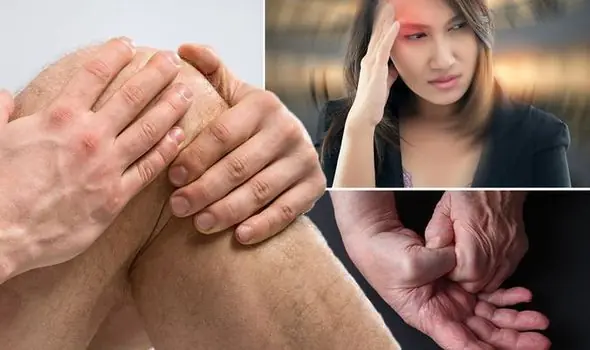
15 Silent Signs You’re Dangerously Low on Vitamin B12

The Potassium Powerhouse: What Eating Bananas Daily Does to Your Blood Pressure
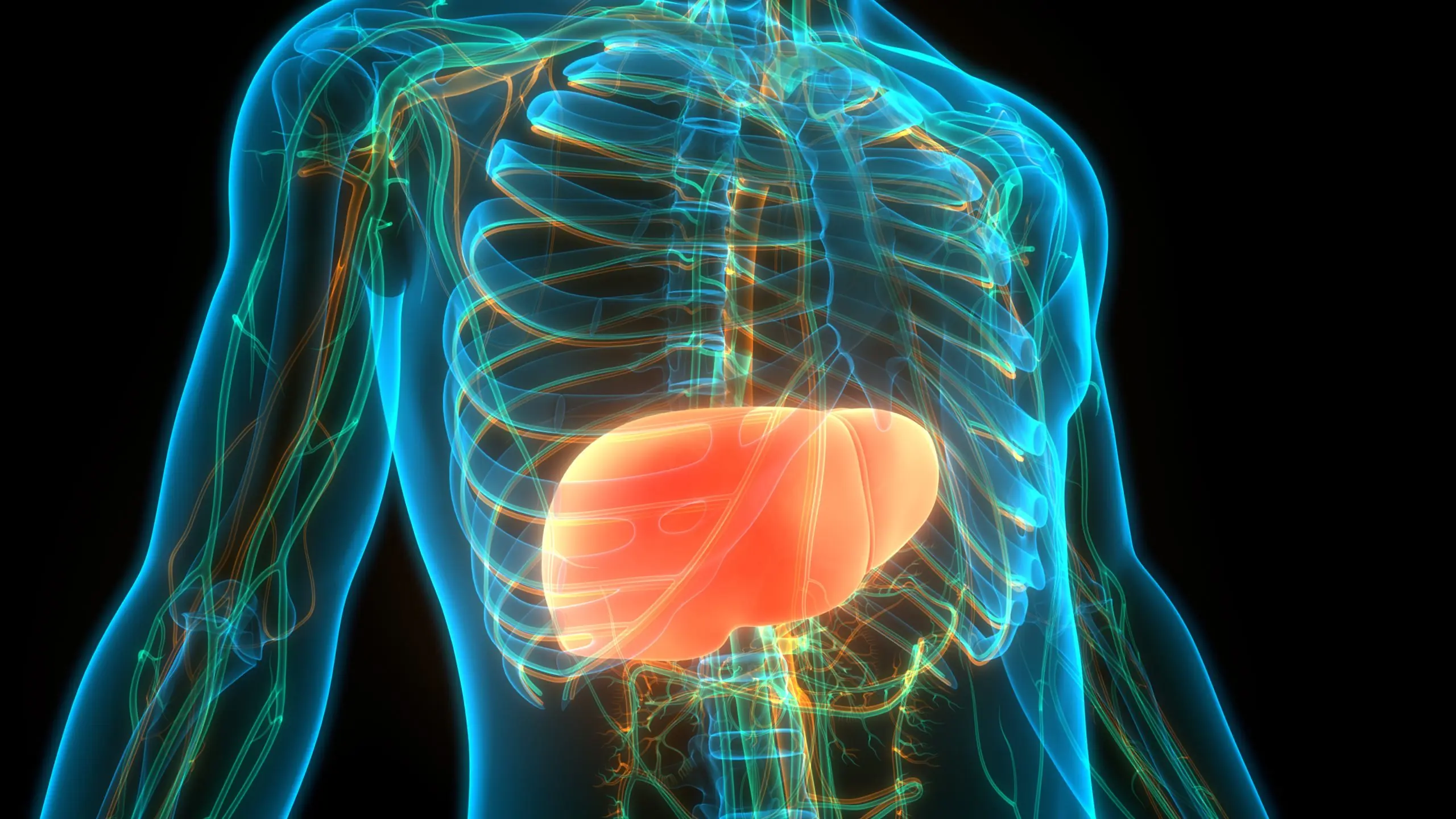
A Powerful Two-Ingredient Mixture for Cleansing Your Liver
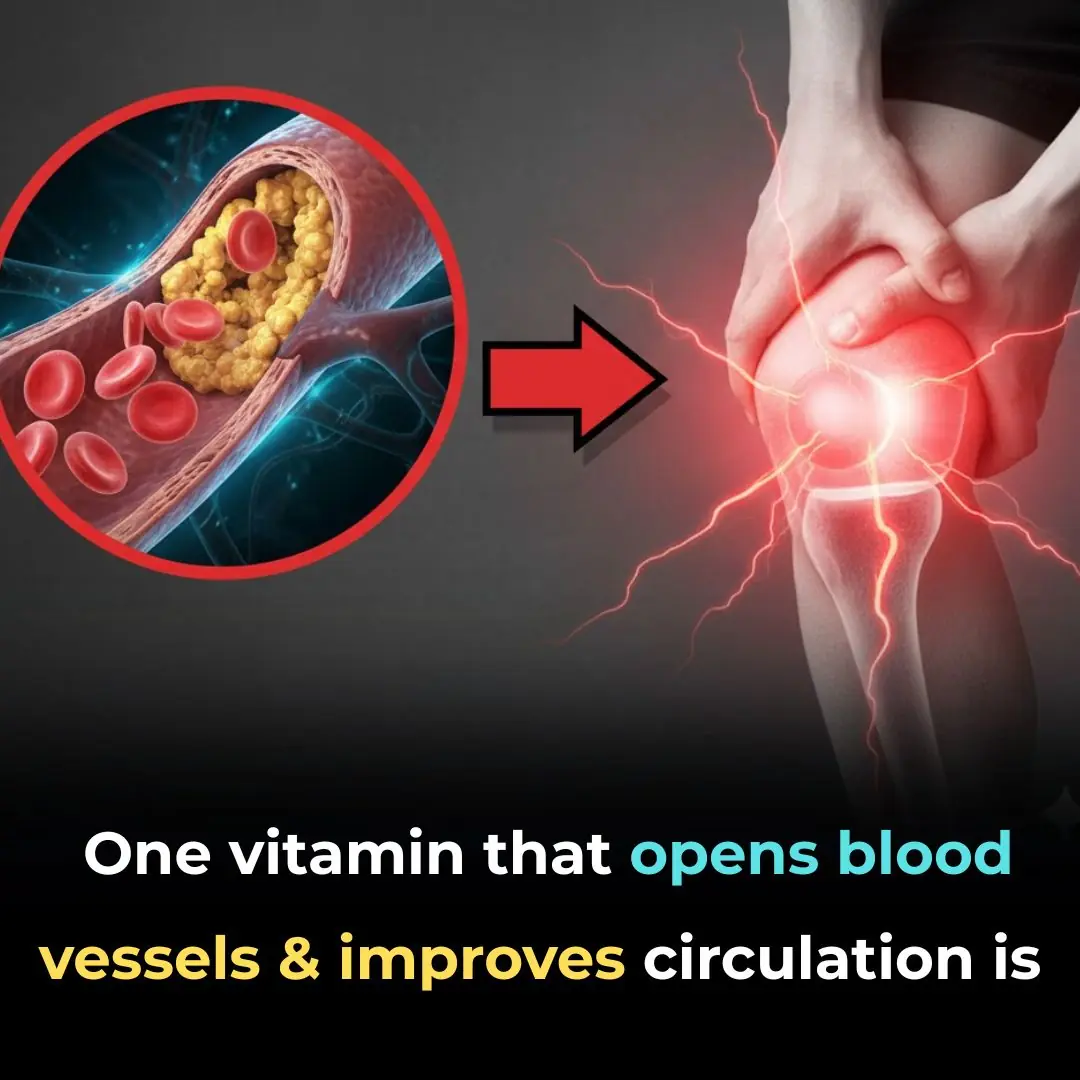
One Vitamin That Could Transform Your Circulation

Signs and Symptoms That May Indicate High Cholesterol Levels
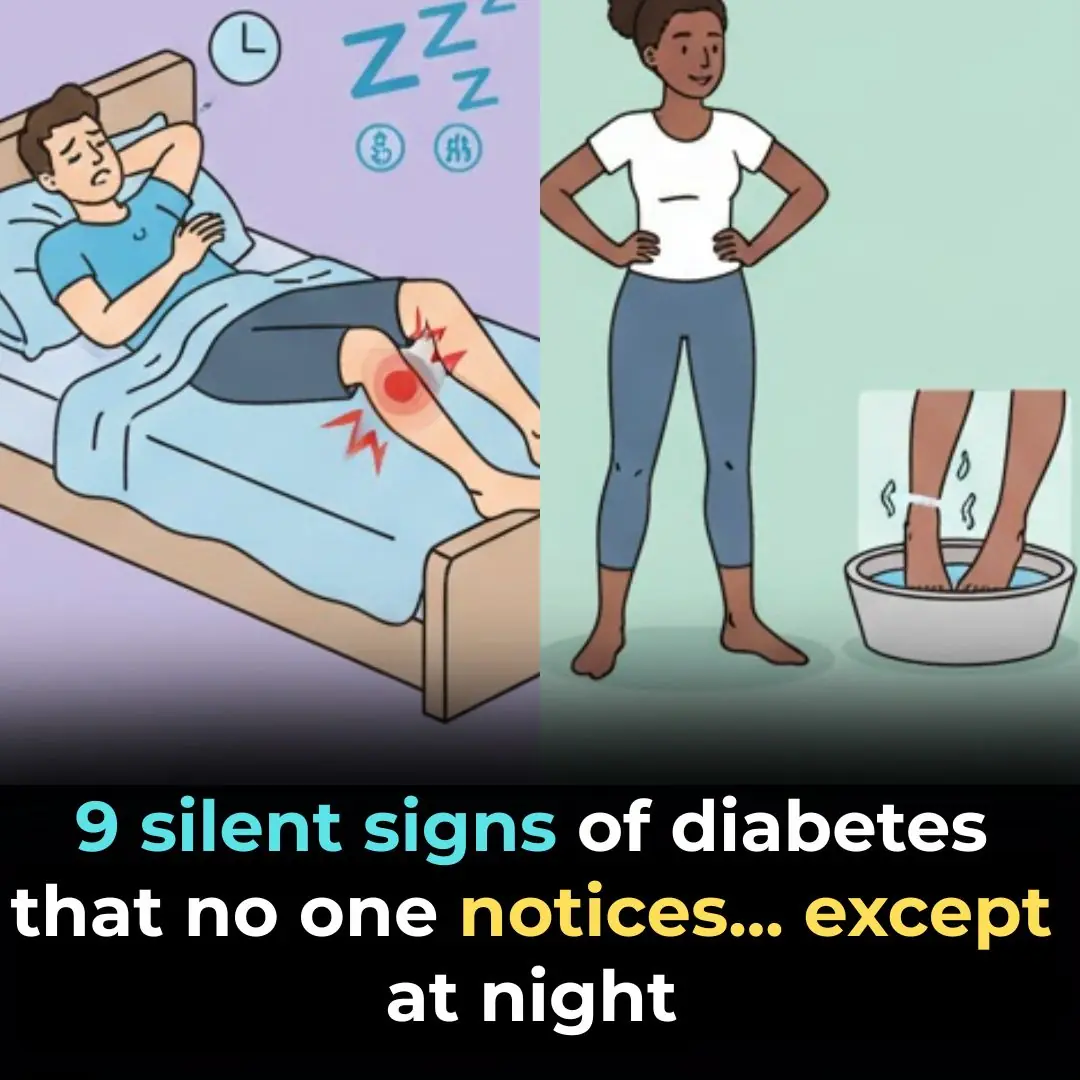
9 Signs of Diabetes That Appear at Night: What You Need to Know!
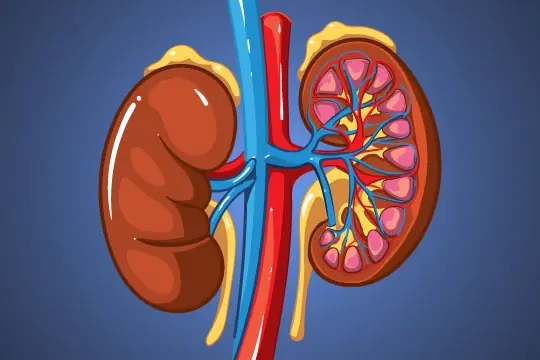
Healing Kidneys Naturally with Herbal Leaves: Supportive Strategies
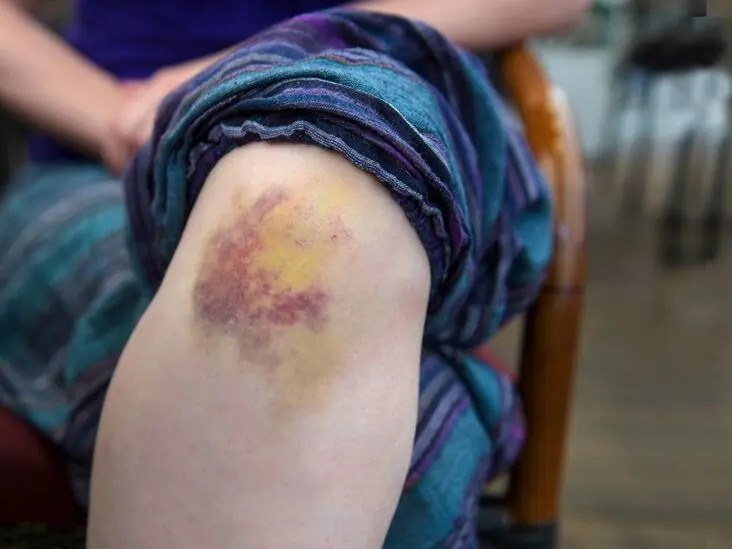
If Bruises Keep Showing Up Out Of Nowhere This Is What It Means for Your Health
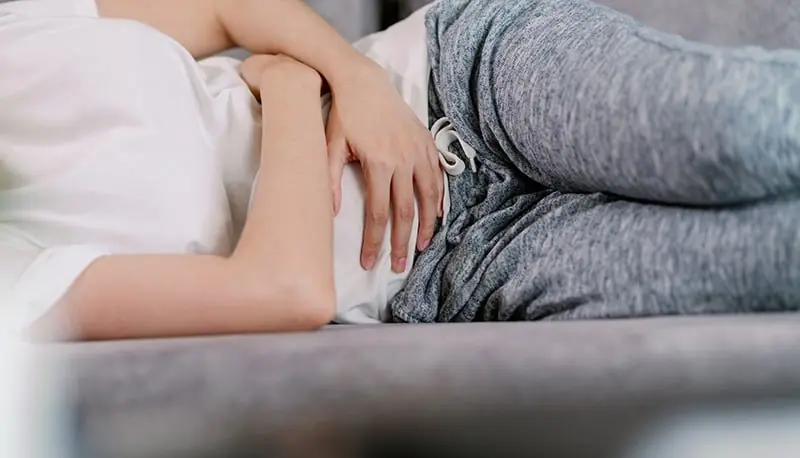
8 EARLY WARNING SIGNS OF OVARIAN CANCER WOMEN SHOULD NEVER IGNORE THESE
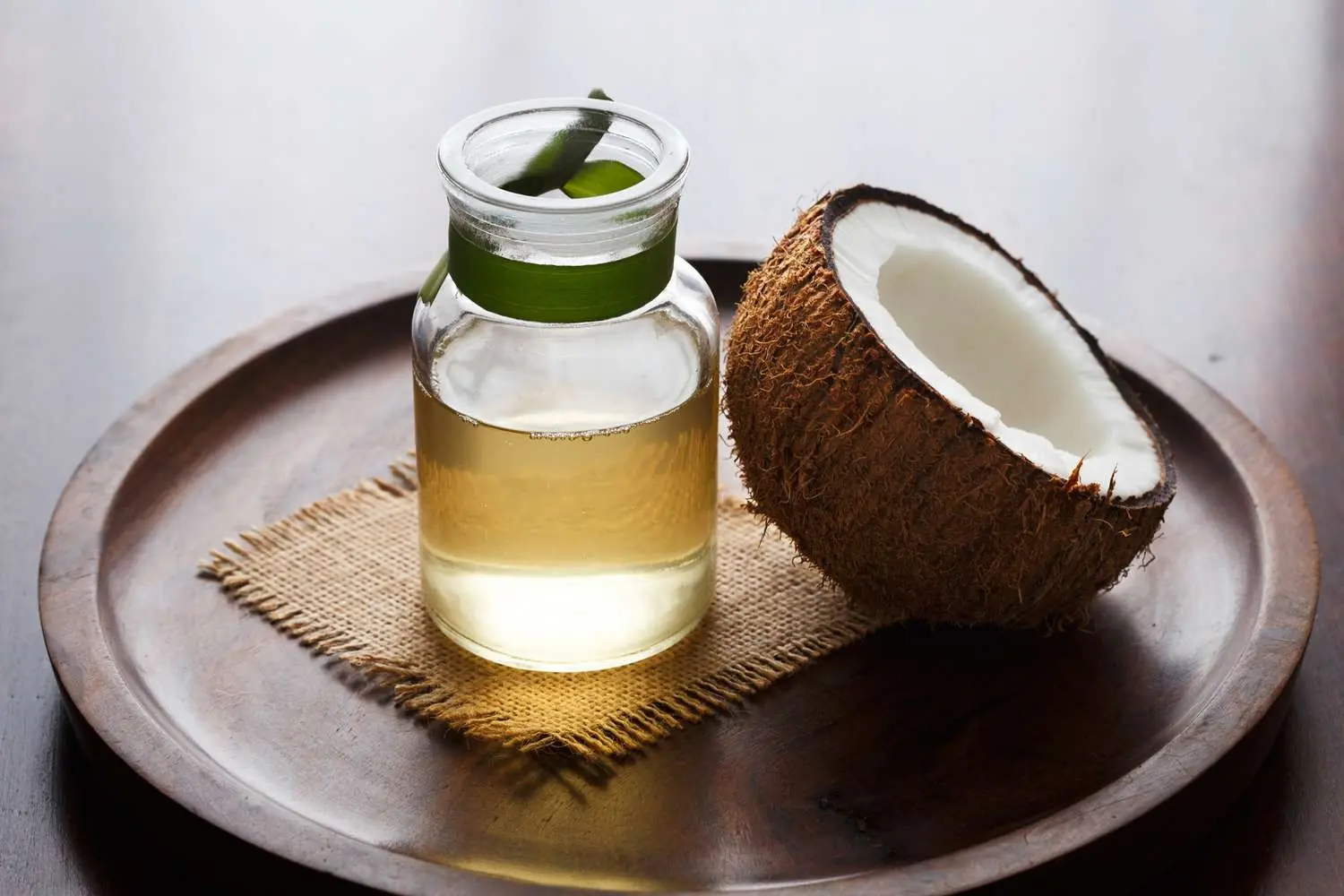
6 Ways Coconut Oil Can Benefit Those With Thyroid Problems

Top 5 Drinks To Improve Vision Naturally (Science-Backed)
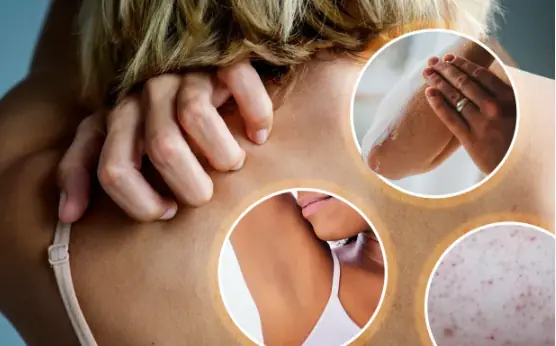
12 Surprising Skin Changes That May Signal Diabetes (A Must-Know Guide)
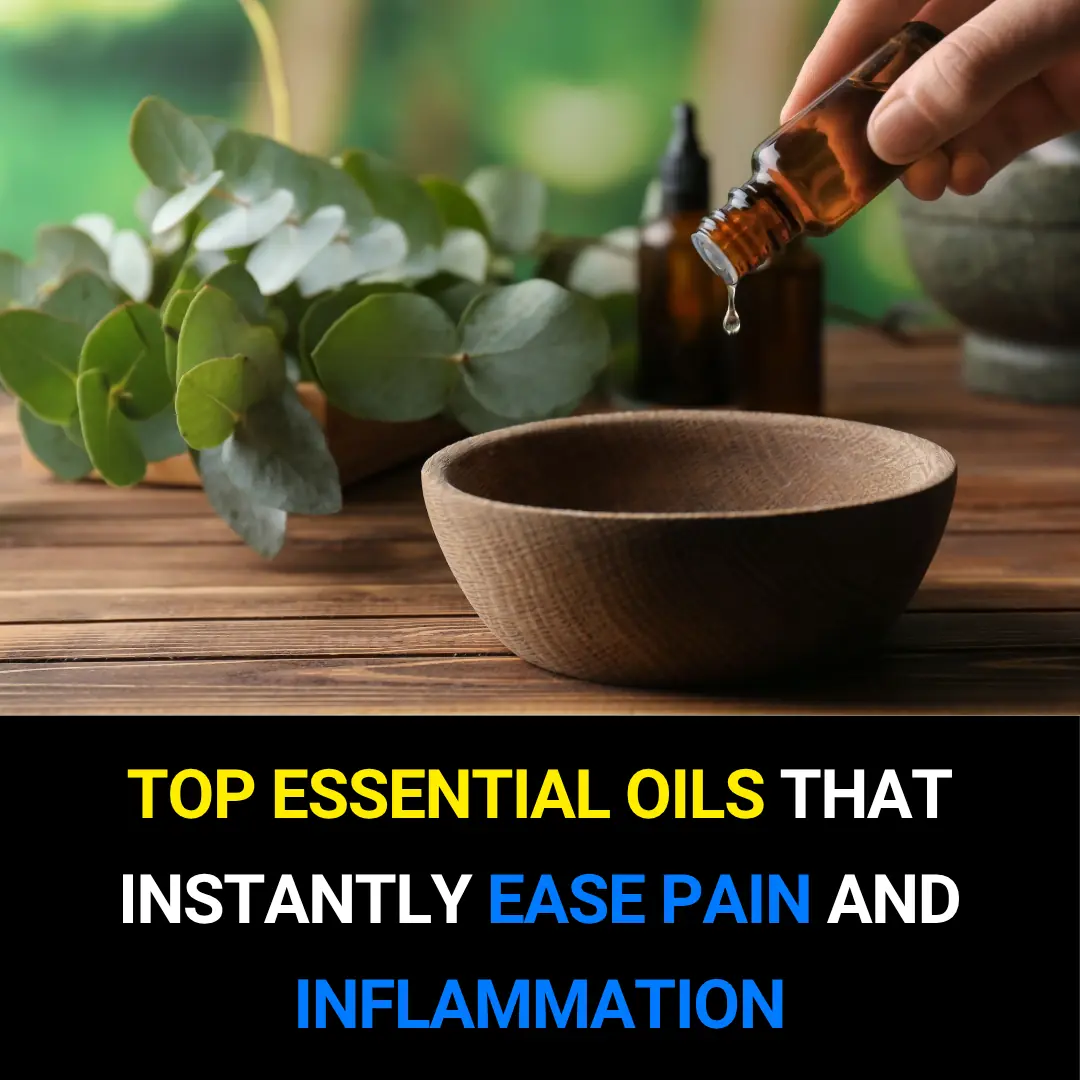
The Top Essential Oils to Relieve Pain and Inflammation (Research Based)
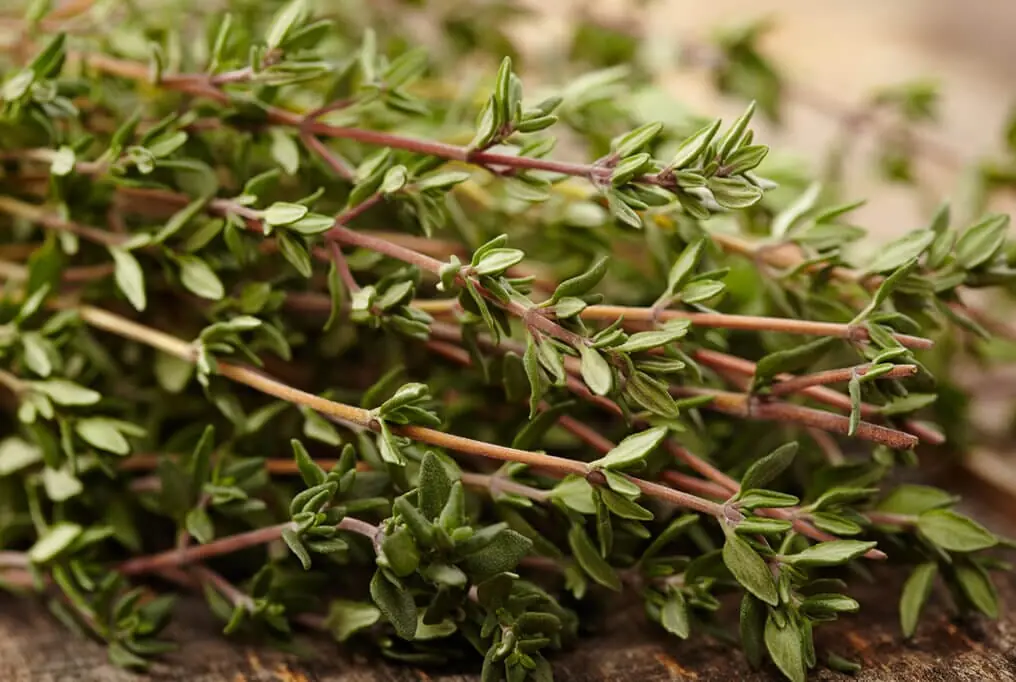
Science-Backed Benefits of Thyme: From Blood Pressure to Bronchitis Relief

5 Common Mistakes When Drinking Water That Can Affect Your Health

Napping During The Day Seriously Affects Brain Aging
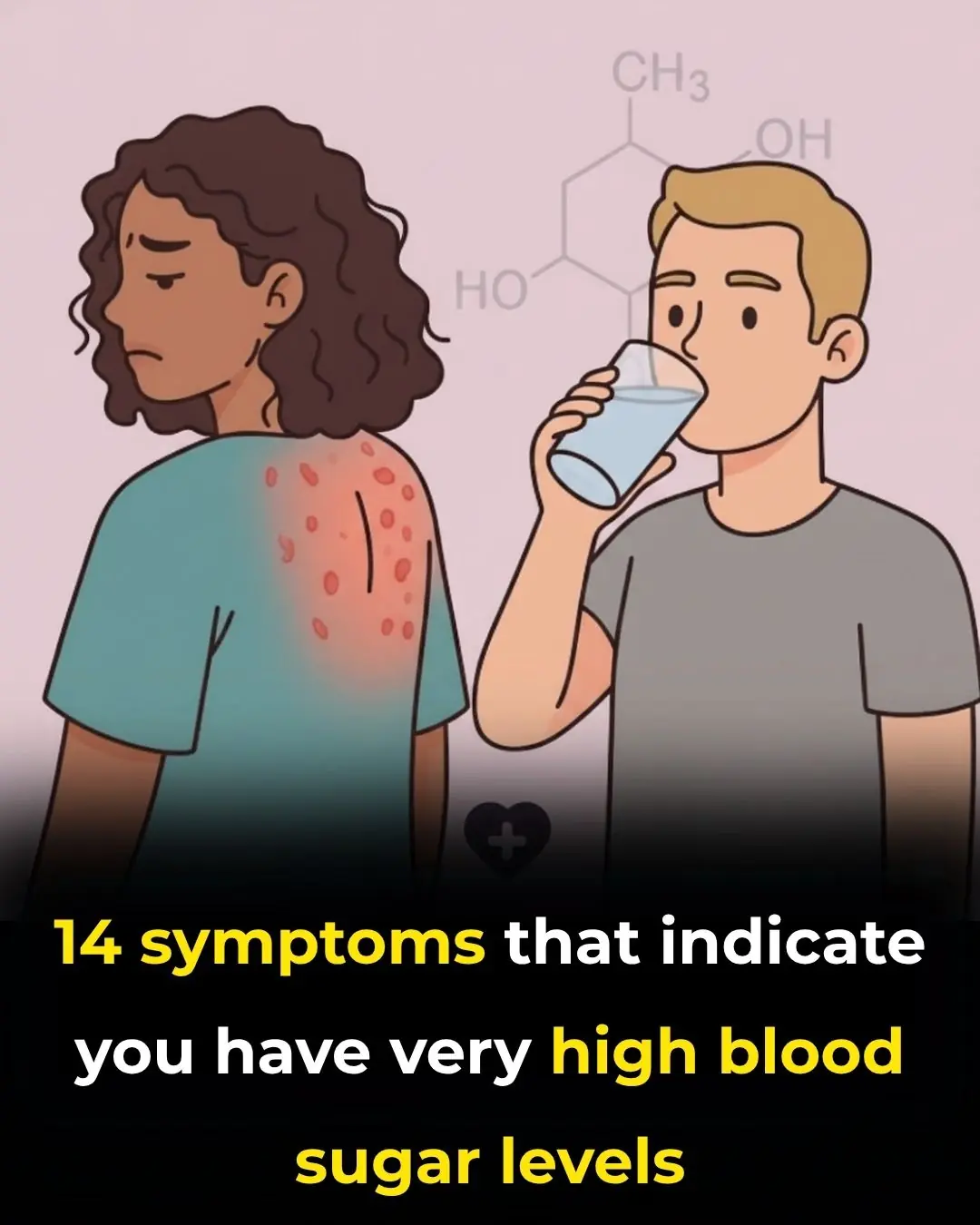
14 SYMPTOMS you should pay attention to
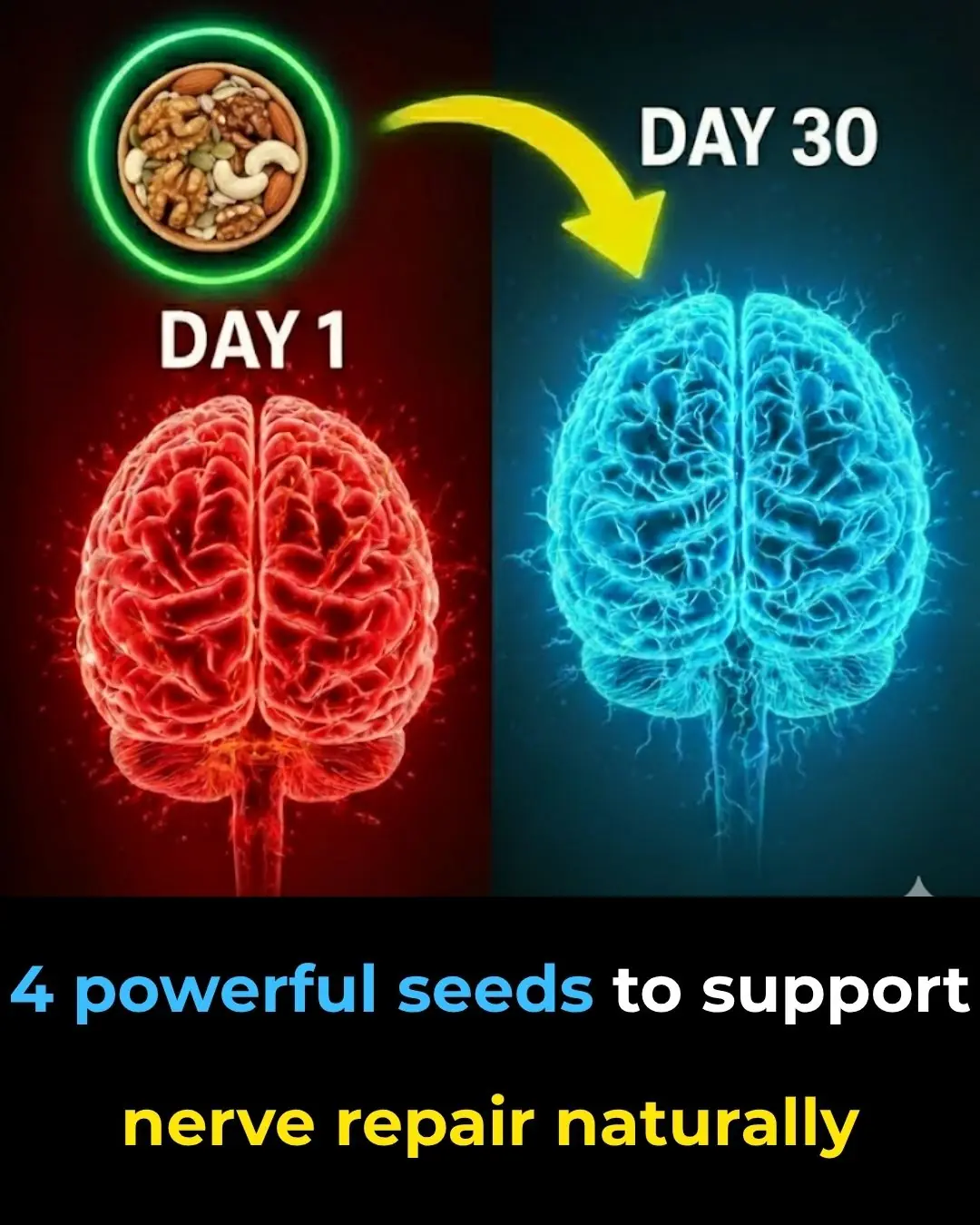
The surprising power of 4 seeds to repair your nerves naturally
News Post

‘Liver Protection’: A Simple But Effective Drink Proven by Science
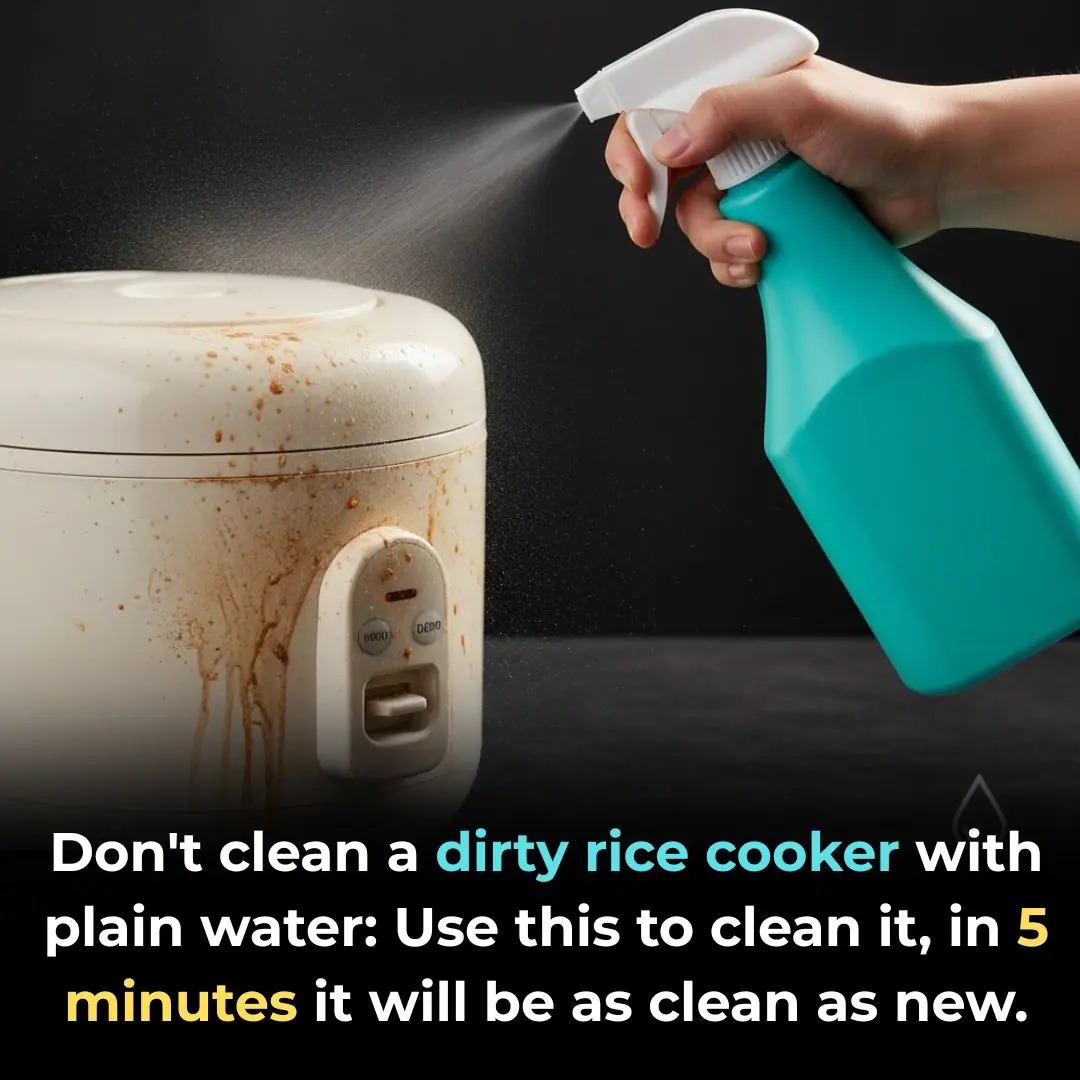
Don't clean a dirty rice cooker with plain water: Use this to clean it, in 5 minutes it will be as clean as new
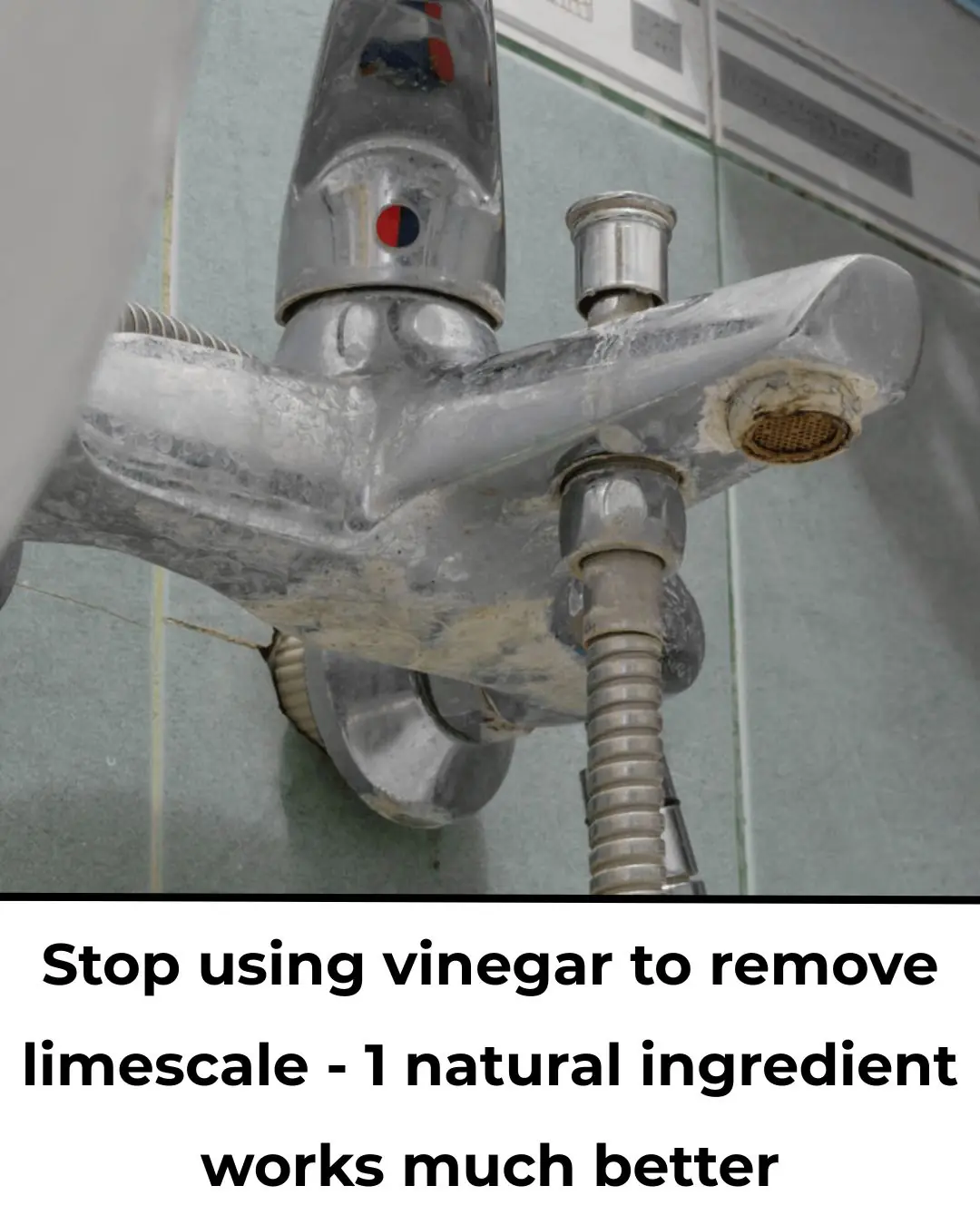
Stop Using Vinegar for Limescale — There’s a Better Natural Alternative
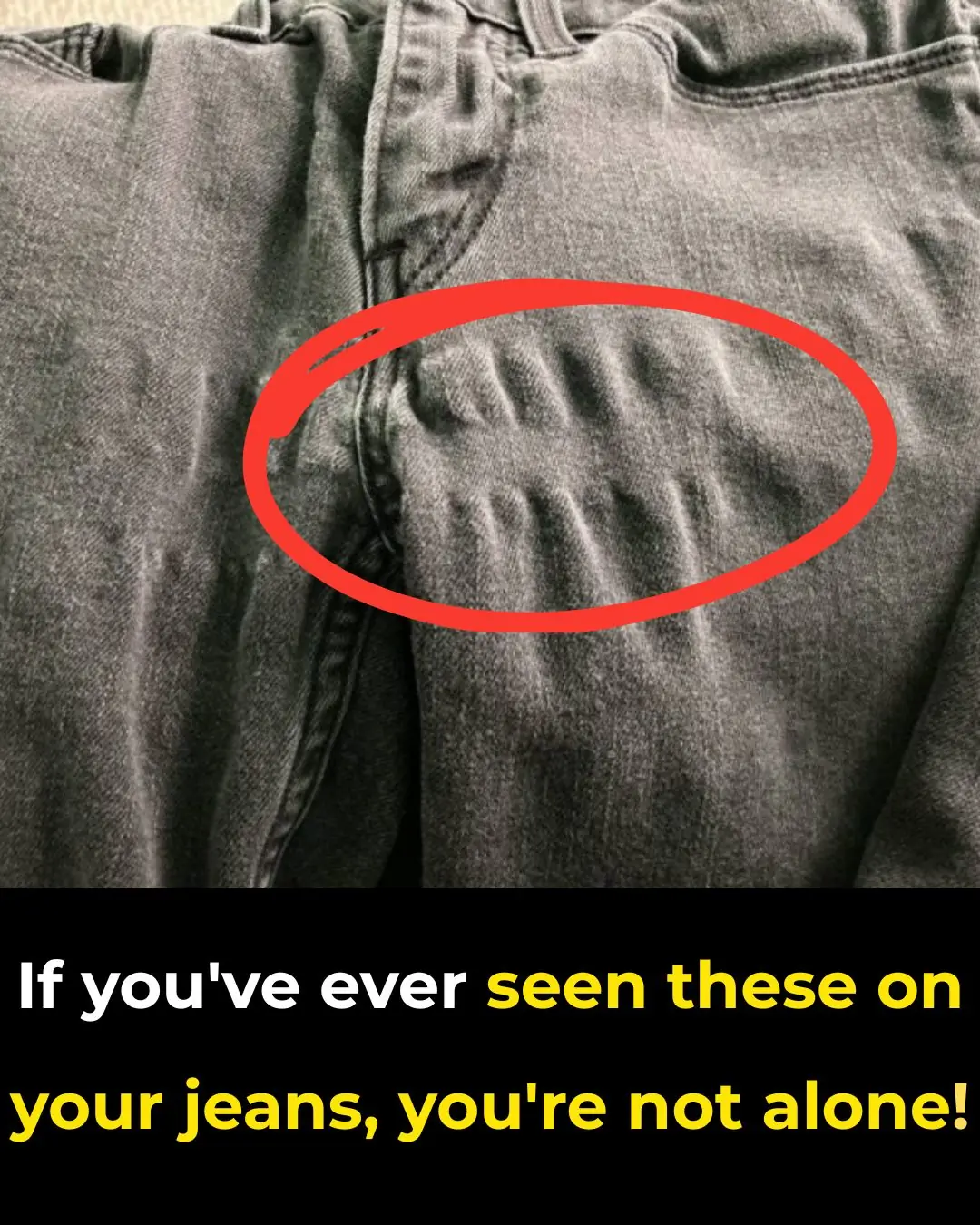
Why Do Jeans Get Weird Ripples After Washing?
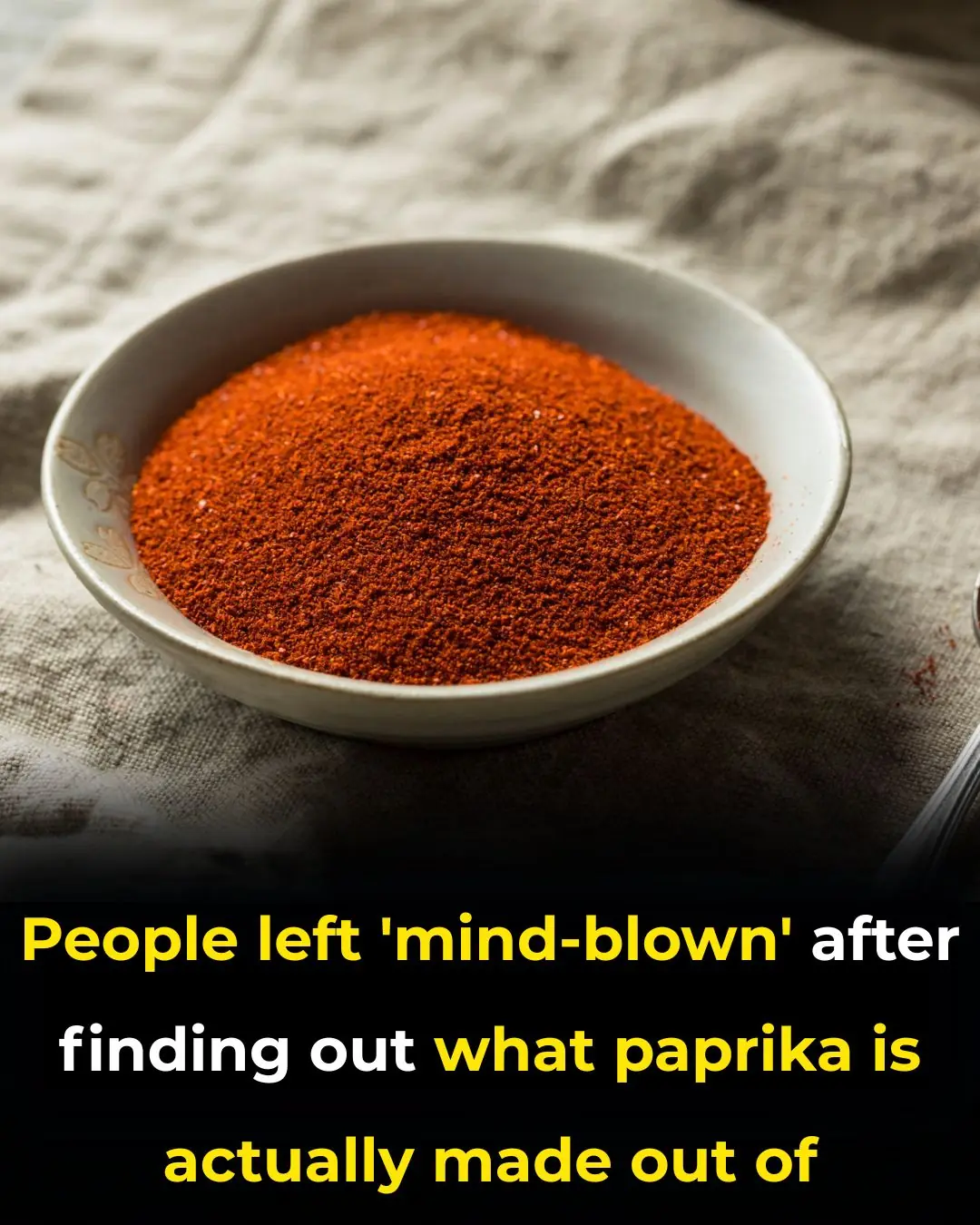
People Shocked to Find Out What Paprika is Actually Made From

Molasses Stops Insulin Resistance Almost Immediately — Here's How to Use It

15 Silent Signs You’re Dangerously Low on Vitamin B12

The Officer Who Tried Anyway.
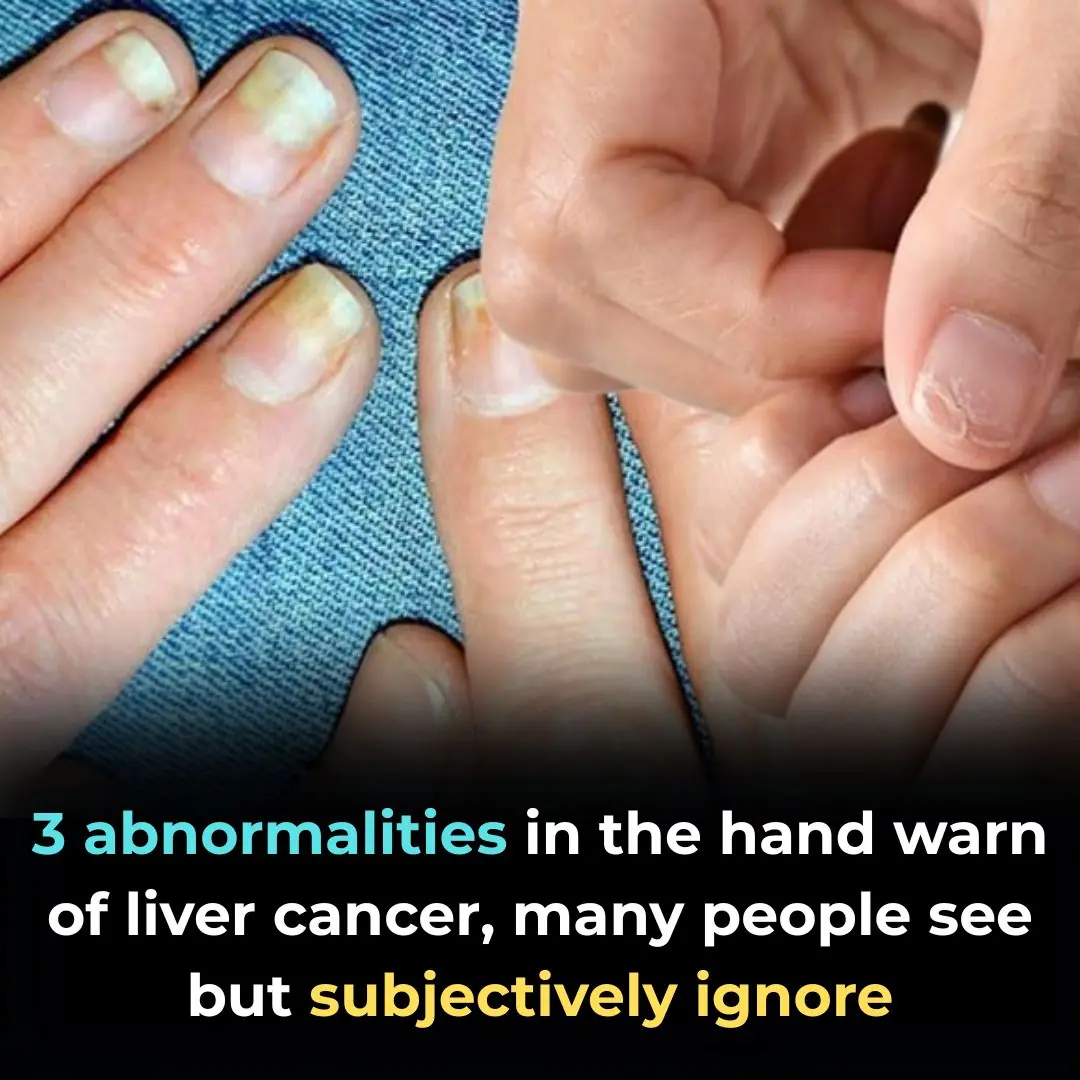
3 abnormalities in the hand warn of liver cancer, many people see but subjectively ignore
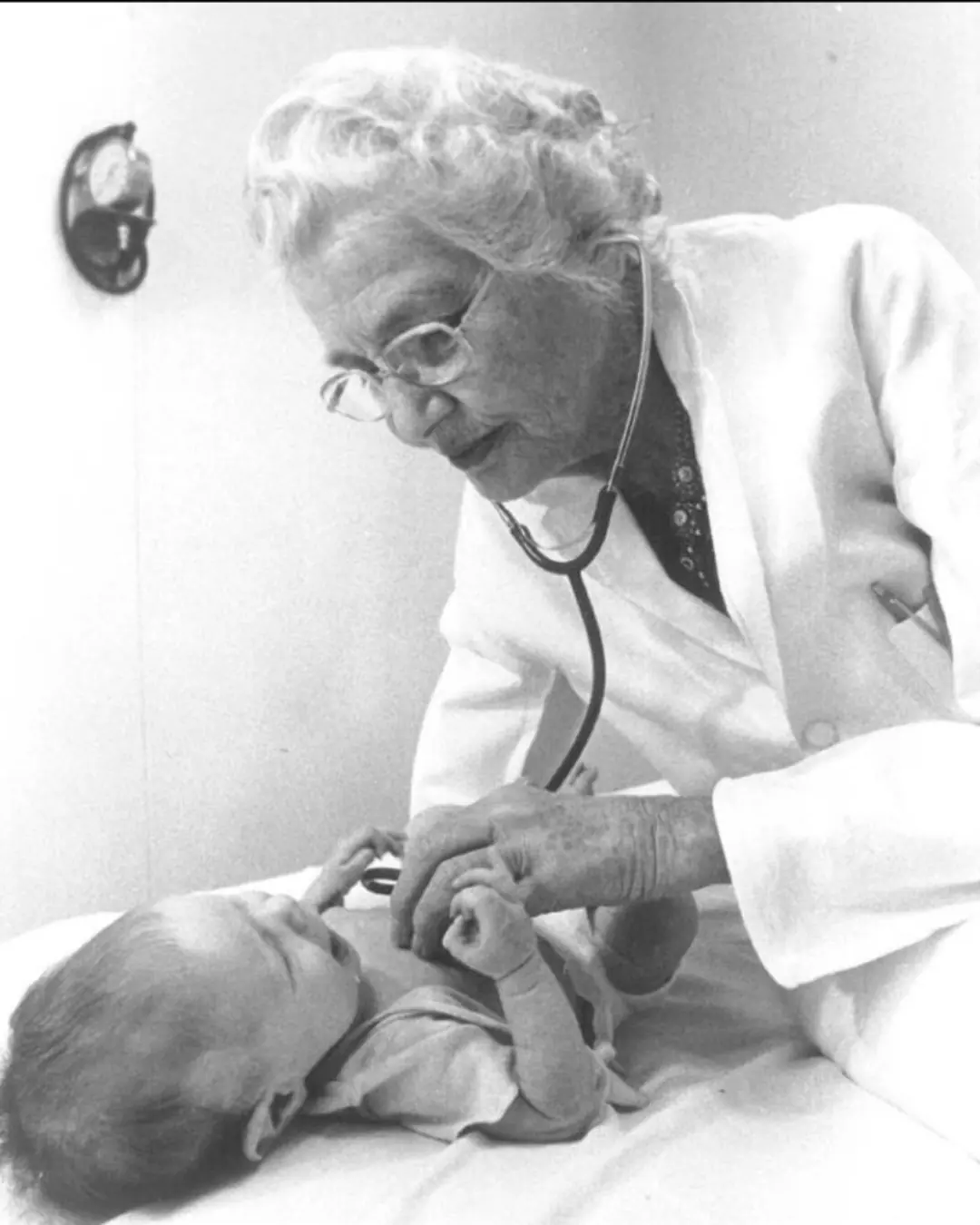
The Woman Who Gave Broken Hearts a Second Chance.

10 perfect ways to prevent dampness and humidity in your home

The Broken Bicycle and the Kindness That Followed.

The Potassium Powerhouse: What Eating Bananas Daily Does to Your Blood Pressure
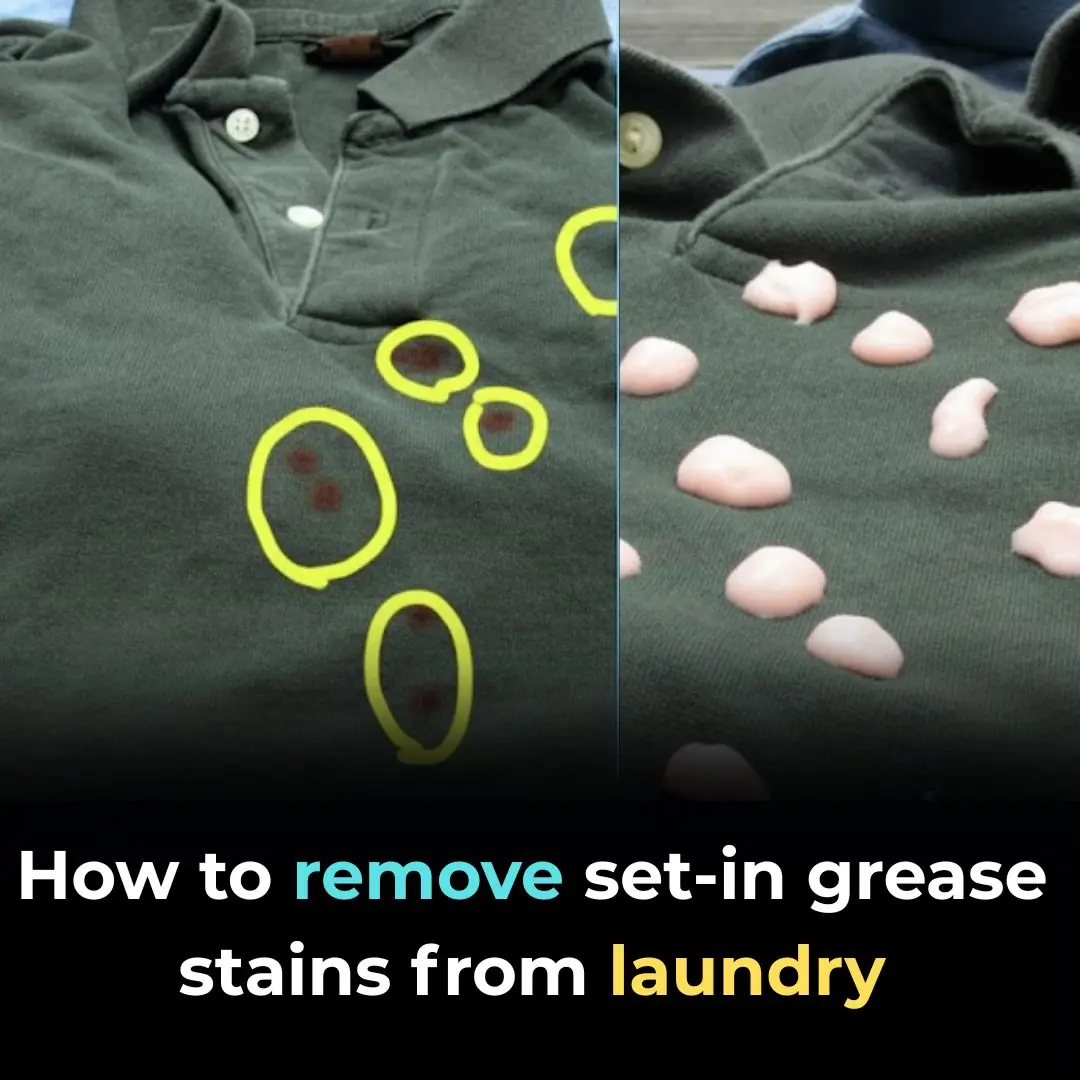
How To Remove Set-in Grease Stains From Laundry

The Man Who Couldn’t Hear the Flames — But Felt the Fear.
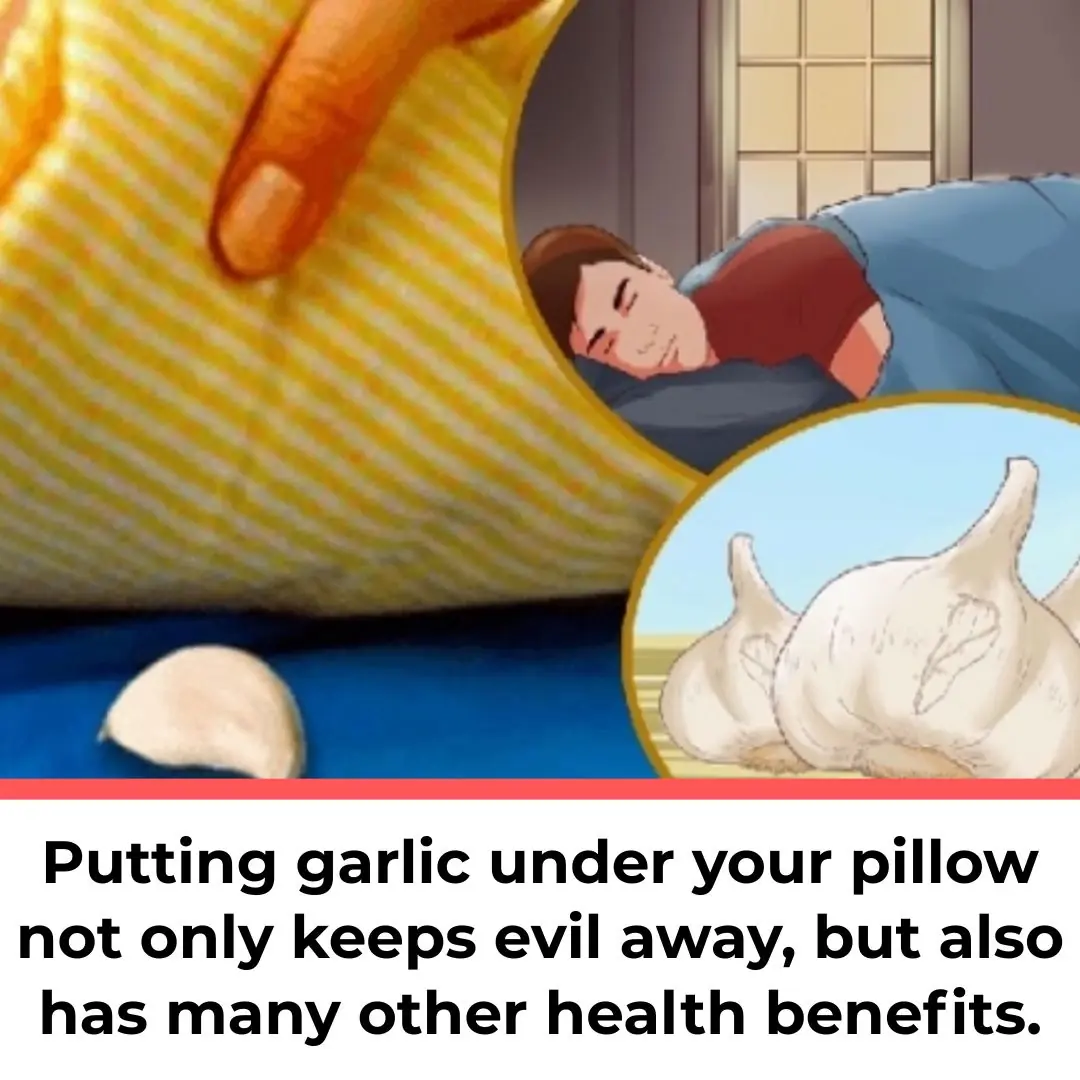
Putting garlic under your pillow not only keeps evil away, but also has many other health benefits

From Bus Driver to PhD: The Journey That Never Stopped Moving.
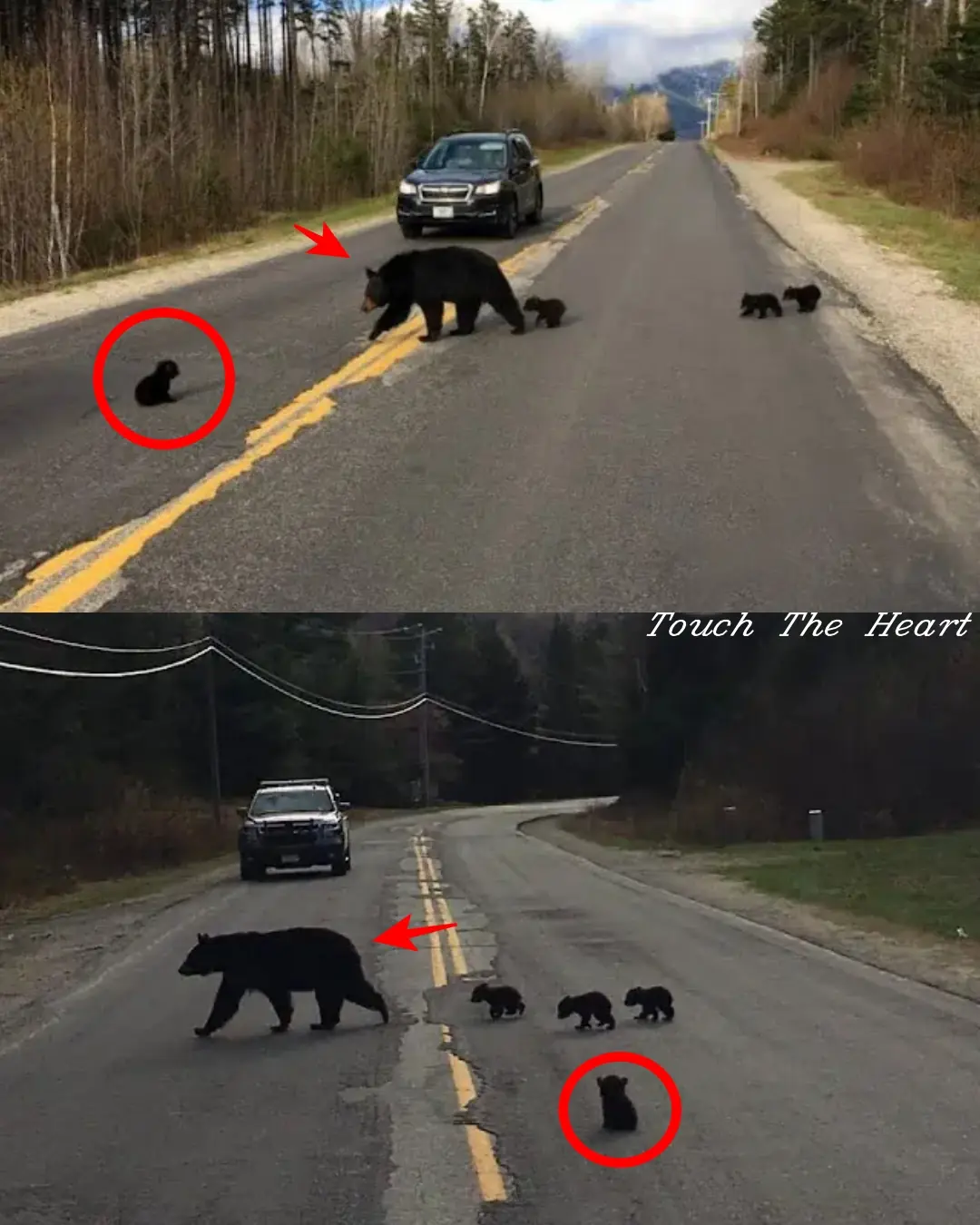
A Mother’s Heart, A Policeman’s Hands: The Rescue That Touched a Forest.

A Powerful Two-Ingredient Mixture for Cleansing Your Liver
